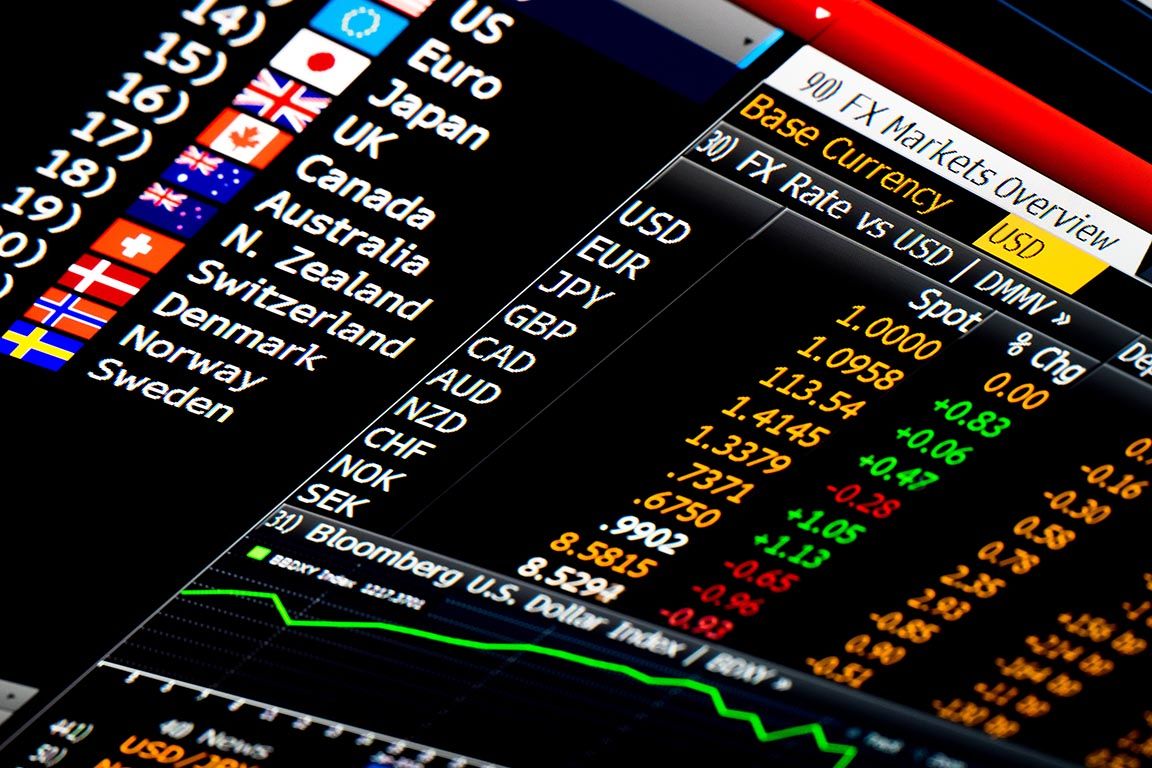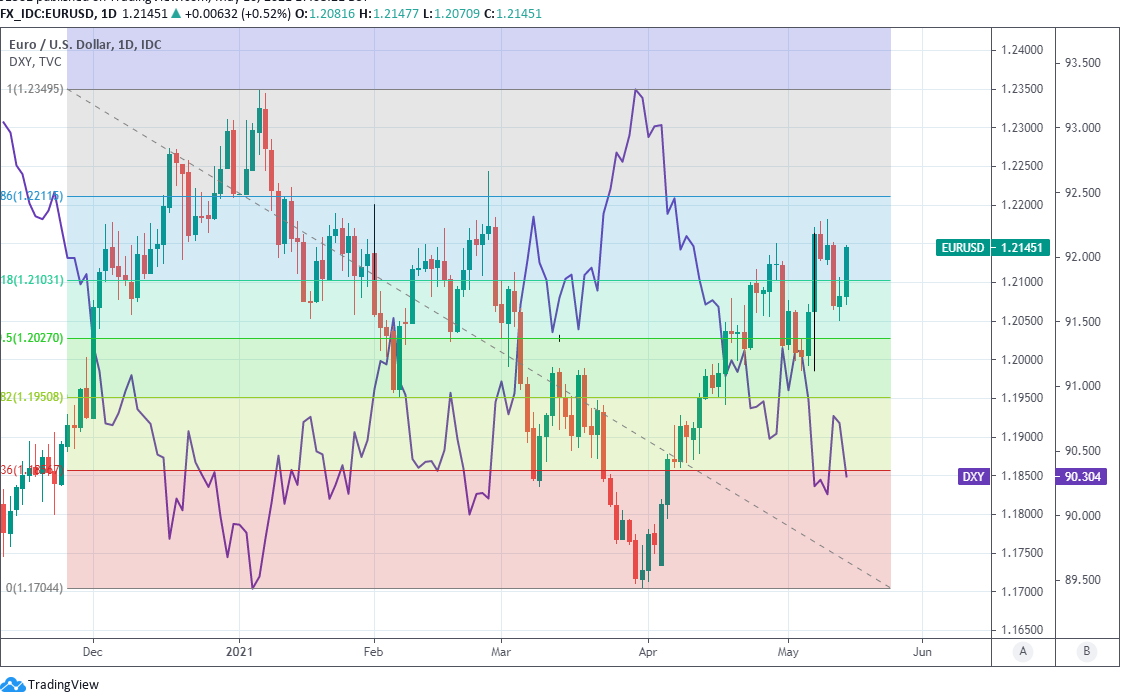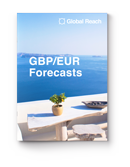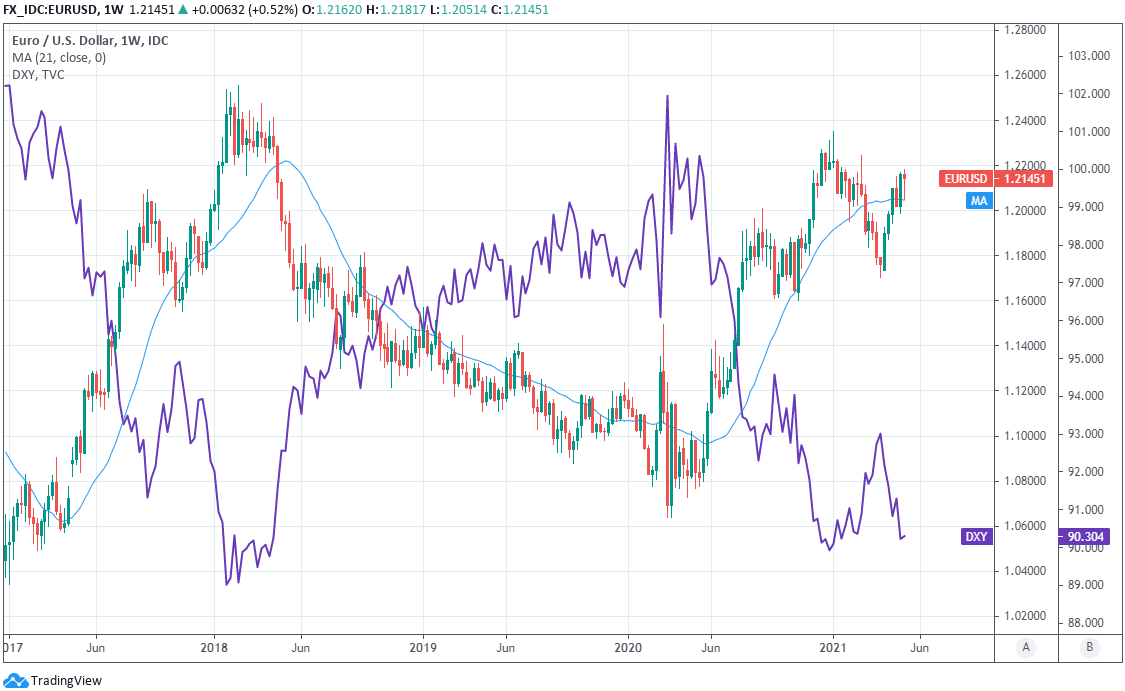Euro-Dollar Week Ahead Forecast: Making Another Attempt on 1.22
- Written by: James Skinner
- EUR/USD supported at 1.2050 ahead of attempt on 1.22
- EUR breakout pressure rises as Fed policy weighs on USD
- PMIs & ECB in focus for EUR as some economies reopen

Image © Adobe Images
- EUR/USD reference rates at publication:
- Spot: 1.2142
- Bank transfers (indicative guide): 1.1717-1.1802
- Money transfer specialist rates (indicative): 1.2033-1.2057
- More information on securing specialist rates, here
- Set up an exchange rate alert, here
The Euro-to-Dollar exchange rate retains a pathway back toward 2021 highs at the opening of the new week after recovering vigorously from a swift and seemingly decisive setback dealt to it by the U.S. Dollar and bond market in recent days, although getting back to those levels may be a slow burning affair.
Europe’s single currency had been pushed to lows of 1.2050 last Thursday session when the Dollar surged after it was revealed that U.S. inflation nearly doubled to more than twice the level targeted by the Federal Reserve (Fed) during April, although it was quick to stabilise and recover.
The Dollar surge was indicative of a market second guessing a so-far contested assumption that the Fed could ultimately end up lifting its interest rate sooner than it’s currently guiding for although, and just like with other recent Dollar rallies, the Dollar move fizzled quickly.
European currencies including the Euro have offered rewarding buying opportunities to investors following recent Dollar surges, while the Euro-to-Dollar rate itself has proven more resilient to the overtures of the greenback during the aforementioned periods than many had expected of it.
“EUR/USD eased lower yesterday but remains above the near term uptrend at 1.2060,” says Karen Jones, head of technical analysis for currencies, commodities and bonds at Commerzbank.
“We look for a re-test 1.2210/43, the 78.6% retracement of the move seen this year and it is possible that this will provoke some profit taking. This is seen as the last defence for 1.2349, the 2021 high.”
Above: Euro-to-Dollar rate shown at daily intervals with Fibonacci retracements of 2021 fall alongside U.S. Dollar index.
Secure a retail exchange rate that is between 3-5% stronger than offered by leading banks, learn more.
Just like with other currencies international appetite for the Dollar has been a dominant influence on the Euro in recent weeks although there’s also now coming through the pipeline a tentative and subtle shift in market sentiment toward the single currency.
“After a slow start of its vaccination campaign, the Eurozone economy is reopening and this is attracting unhedged foreign portfolio inflows into the region’s relatively cheap stock markets” says Manuel Oliveri, a strategist at Credit Agricole CIB.
“EUR should benefit from any growth spillover from the booming U.S. economy as US domestic demand for Eurozone exports picks up from here. This would be consistent with past historic evidence that the USD TWI tended to suffer during periods of recovering global trade,” he adds.
Europe’s economy had looked for months as if it was about to fall behind in the race to draw a line under the pandemic period and coronavirus inspired restrictions on activity this year when the European Commission’s vaccine procurement plans went badly wrong.
{wbamp-hide start}
GBP/EUR Forecasts Q2 2023Period: Q2 2023 Onwards |
However, and since then the bloc has ramped up procurement and production while the Eurozone’s economy has proven more resilient than was originally feared, while the Fed’s June 2020 commitment to leaving its interest rate at effectively zero for the years until employment and inflation have preset targets over a sustained period of time.
“With the Fed firmly on hold, we do not think higher inflation will support the Dollar, and we continue to forecast broad depreciation (with a preference for EUR/USD longs currently, given accelerating activity in the Euro area),” says Zach Pandl, co-head of global foreign exchange strategy at Goldman Sachs.
Fed rate setters maintain they don’t intend to adjust their policy settings until “substantial further progress” has been made toward repairing the labour market and have committed to keeping borrowing costs near zero until inflation has spent enough time above the 2% level for it to also average 2% over an unspecified period.
This is something that could take a while and long enough for the European Central Bank (ECB) to have an opportunity to alter its own monetary policy settings before the Fed, making it a medium and long-term incentive for selling the Euro and buying the Dollar; which is already beginning to be reflected in bond markets.
Above: Euro-to-Dollar rate shown at weekly intervals with 55-week moving-average and U.S. Dollar index.
“While the focus is very much on US inflation this week, developments in the eurozone point to solid support for the euro going forward,” says Derek Halpenny, head of research, global markets EMEA and international securities at MUFG.
“Despite the justifiable attention this week to the strong CPI report from the US, it is the 10-year German bund yield that has risen by 5bps more than the UST bond yield this week underlining the increasing optimism over the outlook in the euro-zone,” he adds.
Fed monetary policy and its knock-on impact on the Dollar will again be in focus this week when minutes of the April meeting are released at 19:00 on Wednesday, with investors likely looking for any signs of second thoughts on the part of rate setters about whether it’s really a good idea to keep interest rates so low for so long.
However, and once past Wednesday’s U.S. wild card the Euro-Dollar rate’s focus is likely to turn quickly toward Friday when between 08:15 and 10:100 the latest round of IHS Markit flash PMI surveys are released before being followed by an address to President Christine Lagarde.
Investors will be keen to see if Europe’s PMI indices measuring activity in manufacturing and services sectors can sustain the record highs seen last month, while in relation to the Fed, Dollar would likely be disappointed if the Federal Open Market Committee meeting minutes leave investors without anything ‘hawkish’ to chew on.
“We’ll also see the first revision to 1Q EZ GDP (seen at -0.6% QoQ). More important will be first look at the flash PMIs for May (Friday) – expected to stay strong as economies start to re-open after third wave lockdowns,” says Chris Turner, global head of markets and regional head of research at ING.







